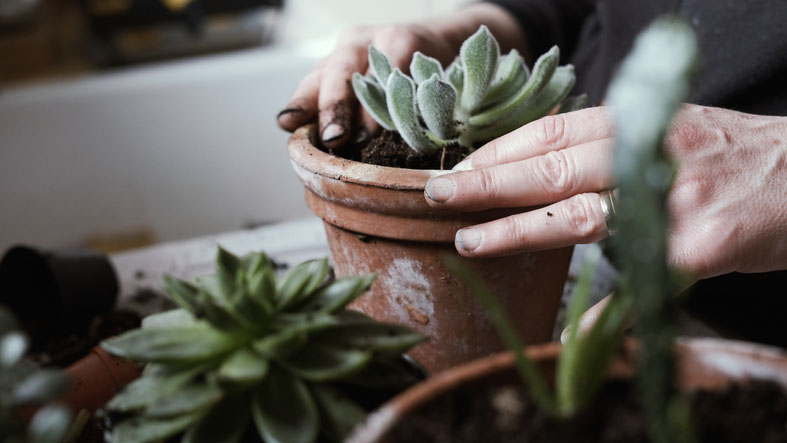 Mypurgatoryyears/Getty Images
Mypurgatoryyears/Getty Images I eased my hands into the dirt, the soil cool to the touch. I began pulling out every plant along with its roots from four porch planters, readying the ground for new growth. Since I’m not a person who does crafts or gardening, this was a radical undertaking. For years I tormented indoor plants through my negligence. As an unintentional serial plant murderer, I switched entirely to faux indoor plants.
Outside, though, plants must be real. I bought drought-friendly, colorful succulents, neatly nestled in their bowls and artfully arranged. But they grew fast, even when ignored, and quickly overran their bowls. A few weeks ago, I decided they looked too straggly, scruffy, and downright embarrassing to keep outside our front door, and grabbed my keys to drive to the nursery for new plants. Before I started the engine, I stopped to consider: succulents can be clipped and replanted. Their roots grow back. Could I recycle this wild bunch?
I watched a three-minute You Tube tutorial on the topic. It seemed so simple, even I should have been able to tackle it. After all, succulents are nearly indestructible. They’d have to be if I got my hands on them.
The project appealed to me because I had woken up that morning exhausted and irritable, anxious about the crises facing Israel and Jews worldwide. I know that the Almighty has a plan, that we have already seen and continue to see incredible miracles, and that we will get through this stronger than ever. Still, I needed to fight my feeling of powerlessness. Attempting a horticultural rescue operation would be a new-for-me, creative, productive exercise. If not life-affirming, it was at least plant-affirming.
Following the tutorial’s instructions, I snapped off the most attractive tops of the plants. The “keepers” were mostly green jade plants and multicolored rosettes from the Sempervivum and Echeveria families. (I just looked up those names to sound more knowledgeable. I had no clue what they were called.) The overgrowth from the planters filled nearly a quarter of the city’s green bin.
Then I began to clear the soil of all the roots. Most were thin and silky and easily removed, but a few had root systems that were deep, thick, and tough, requiring some muscle. I gently tucked the tops of the flowers and plant cuttings into the soil in creative groupings, then watered them thoroughly. After two hours of work under a warm sun, my fingernails hopelessly dirt logged, I had four planters that looked remarkably revived and full of promise. It was hard to believe how perky these cuttings looked when a few hours back they looked like they were on life support. I was proud of myself, and my mood had vastly improved. This exercise had been wonderfully cathartic.
I still feared that the next day, I’d look at the bowls and discover that the new plantings had committed suicide. But they were alive! Day after day, nearly all my cuttings were standing a little taller, thriving in their revived surroundings. I get a lot of pleasure looking at them.
I visualize the new roots sprouting in the darkness of the soil. New growth is almost always invisible. Naturally, I have also been thinking about the idea of roots, which can be physical, spiritual, historical, geographical, even psychological. Few people in the world have historical or spiritual roots deeper than Jews. Our root systems are deep and tough, and unlike those that I had muscled out of those planters, no amount of physical might can dislodge them. Today, we can see new root systems growing now in the darkness of antisemitism. Jews who were already committed to Judaism and Zionism are doubling down on their commitments. Secular and assimilated Jews are suddenly embracing a feeling of Jewishness, learning about our heritage, our values, our God, and choosing to align with our future.
My little gardening experiment reminded me of this profound awakening happening in the Jewish world. It will be a long while before we will see the full flowering of the spiritual roots now sprouting under the surface, invisible yet mighty.
Judy Gruen is the author of “Bylines and Blessings,” “The Skeptic and the Rabbi,” and several other books. She is also a book editor and writing coach.









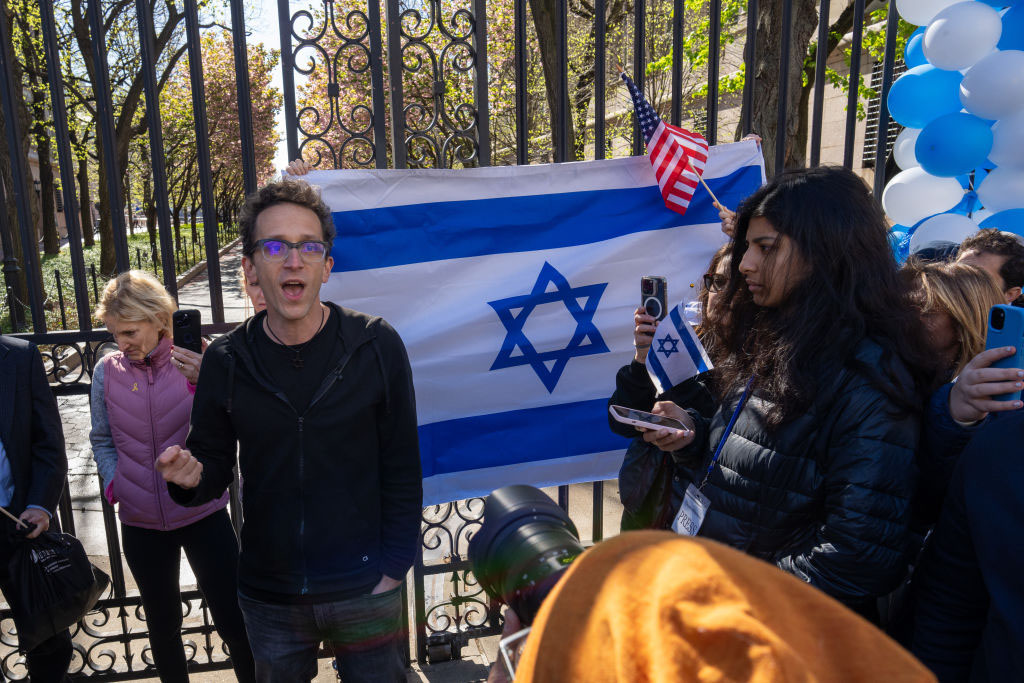

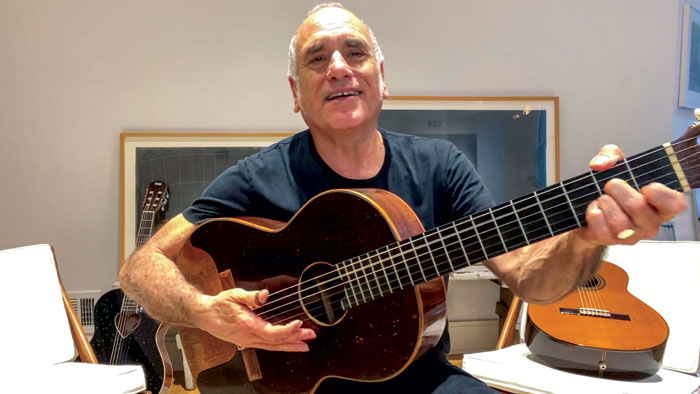
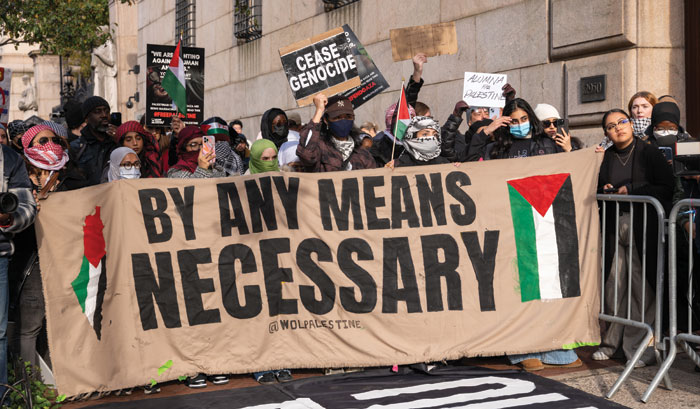
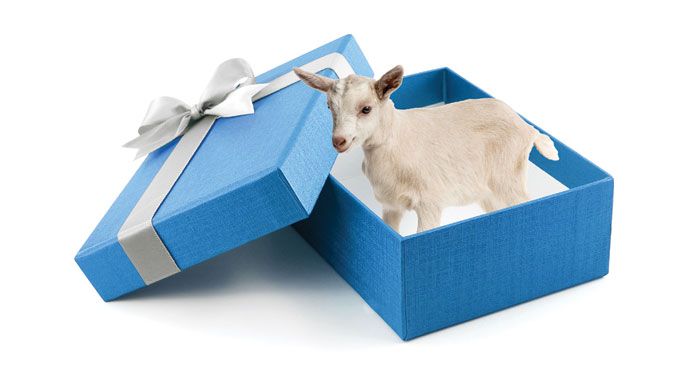

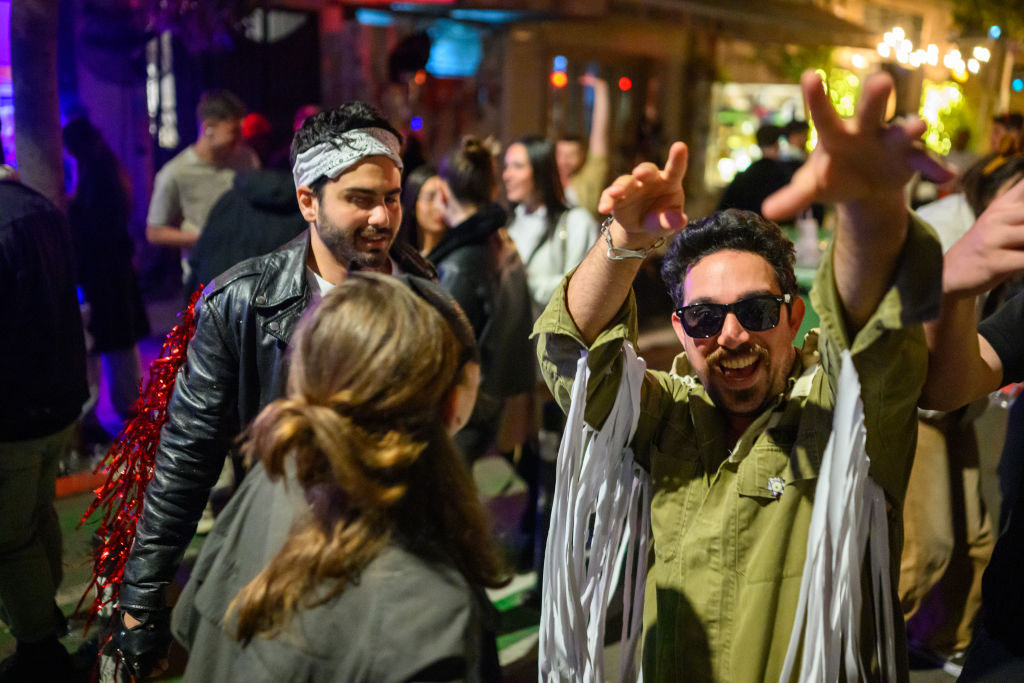




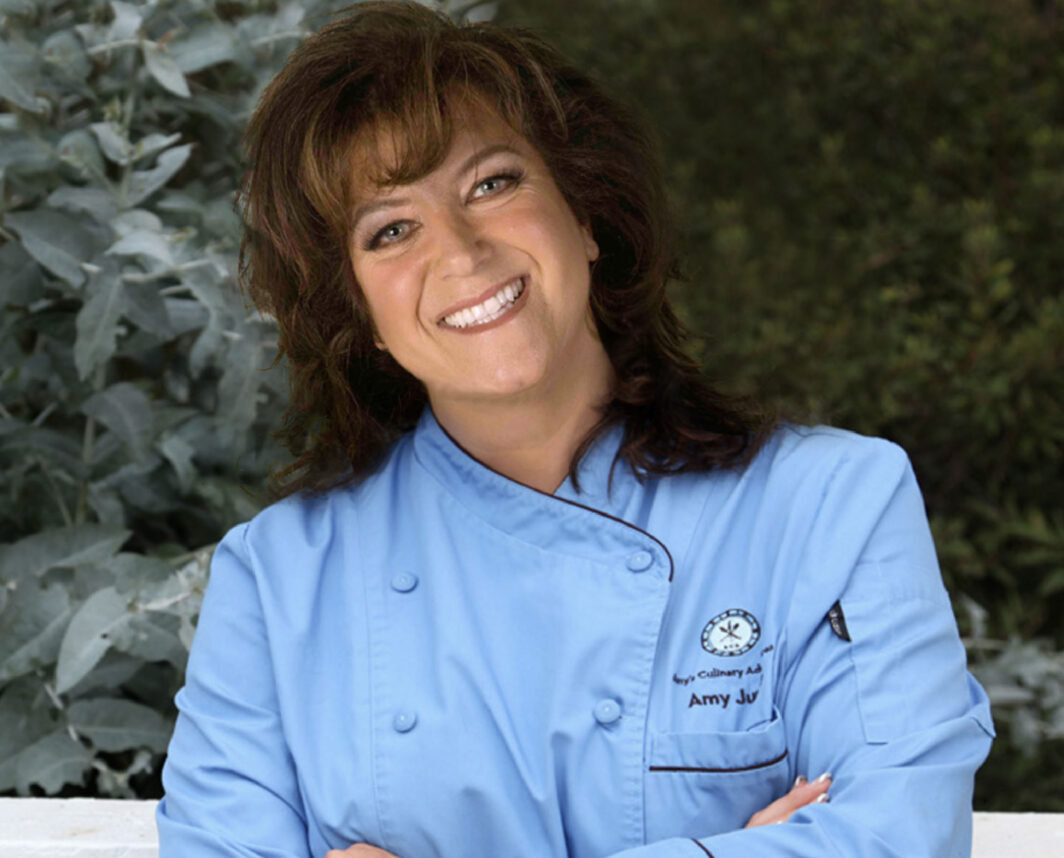
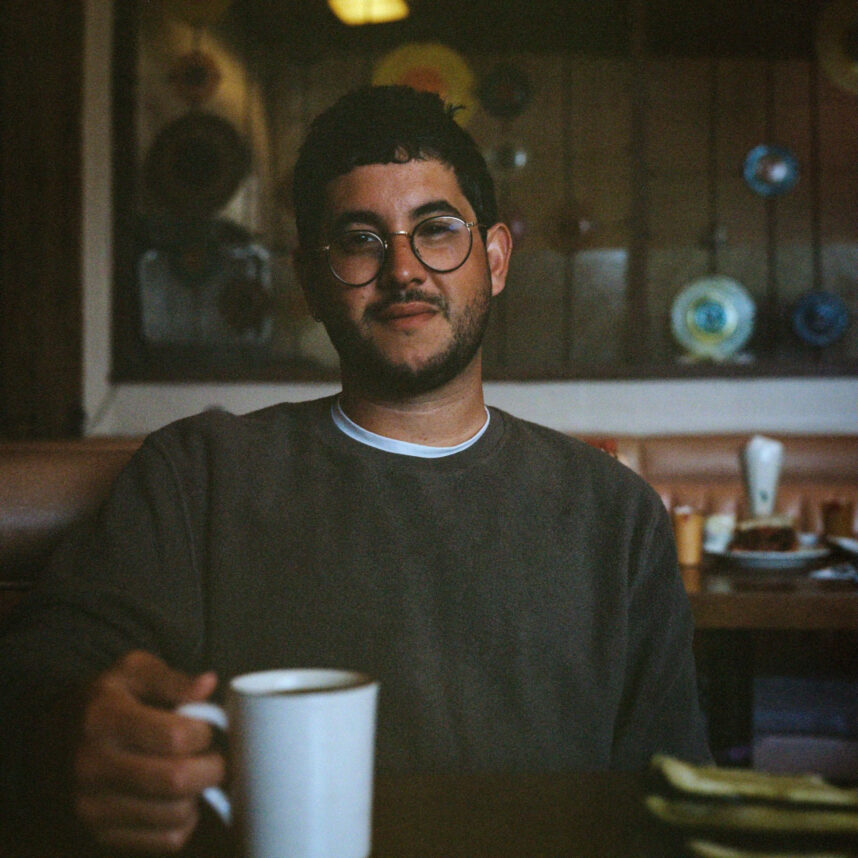
 More news and opinions than at a Shabbat dinner, right in your inbox.
More news and opinions than at a Shabbat dinner, right in your inbox.